By Sandeep Bhutoria
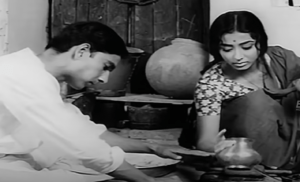
By the end of the 1960s, Hindi cinema was poised for a change. The decade had largely been about escapist cinema, and though some of these had great songs, there was little that was creative and path-breaking by way of content. The odd exceptions – Bandini, Sahib Bibi Aur Ghulam, Anupama and Teesri Kasam – only proved the rule for about a decade that replaced the artistic aspirations of the 1950s with what has in effect come to define ‘Bollywood song-and-dance’ cinema.
The advent of the Film and Television Institute of India (FTII) in 1962 played an important part in this change, with its first batches beginning to enter the industry, bringing in a change in aesthetics.
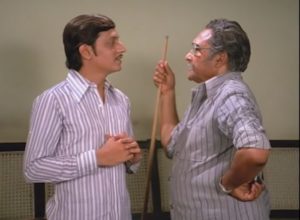
language, heralding the New Wave in Hindi cinema: Mrinal Sen’s Bhuvan Shome, Mani Kaul’s Uski Roti and Basu Chatterjee’s Sara Akash (all three were shot by K.K. Mahajan, who had graduated from the FTII in 1966, and who became synonymous with the New Wave and with the cinema of Basu Chatterjee).
Of these three film-makers, Mrinal Sen remained rooted largely to Bengali films and Mani Kaul carved a space for a personal cinema free of commercial considerations. It was Basu Chatterjee who, in conjunction with the films of Hrishikesh Mukherjee and Gulzar, provided an alternative to the big-budget extravaganza of mainstream films of the era (the Manmohan Desais and Prakash Mehras) and the spare aesthetics of arthouse cinema (driven by Shyam Benegal).
The importance of Basu Chatterjee lies in the kind of cinema he popularised when juxtaposed against the cinema that ruled the box office at the time.
 The 1970s was the decade of the big blockbuster – Yaadon Ki Baaraat, Deewaar, Sholay, Amar Akbar Anthony. Yash Chopra and Ramesh Sippy, Nasir Hussain and Shakti Samanta were the dream merchants. Amitabh Bachchan and Dharmendra, Rishi Kapoor and Rajesh Khanna were the role models for the filmy hero, while Zeenat Aman and Hema Malini set a million young hearts aflutter. The aesthetic of Hindi cinema was larger-than-life.
The 1970s was the decade of the big blockbuster – Yaadon Ki Baaraat, Deewaar, Sholay, Amar Akbar Anthony. Yash Chopra and Ramesh Sippy, Nasir Hussain and Shakti Samanta were the dream merchants. Amitabh Bachchan and Dharmendra, Rishi Kapoor and Rajesh Khanna were the role models for the filmy hero, while Zeenat Aman and Hema Malini set a million young hearts aflutter. The aesthetic of Hindi cinema was larger-than-life.
They were not heroes and heroines, but the man and woman next door
Basu Chatterjee provided an alternative. His debut, Sara Akash, belonged firmly to the New Wave school of spare film-making. He however jettisoned this soon, opting for a middle road between this and the big-budget extravaganza.
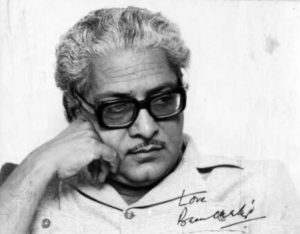
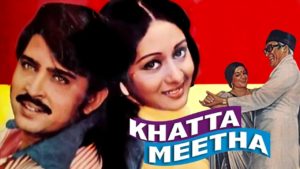 Over the next few films, Basu Chatterjee made his school of cinema an audience favourite. Chhoti Si Baat and Chitchor, both 1976, starred Amol Palekar, who soon came to be termed ‘the Amitabh Bachchan of middle-of-the-road cinema’. In Vidya Sinha, the director gave Hindi cinema the very antithesis of the ’70s heroine.
Over the next few films, Basu Chatterjee made his school of cinema an audience favourite. Chhoti Si Baat and Chitchor, both 1976, starred Amol Palekar, who soon came to be termed ‘the Amitabh Bachchan of middle-of-the-road cinema’. In Vidya Sinha, the director gave Hindi cinema the very antithesis of the ’70s heroine.
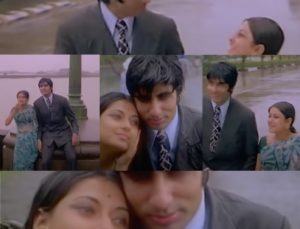
His spotlight was on literary classics, communities and women.

No one brought alive particular communities as lovingly as he did in his films like Khatta Meetha (the Parsis) and Baaton Baaton Mein (the Christians in Mumbai). And few film-makers of the time were as adept at adapting literary classics as he was – Sara Akash (from a novel by Rajendra Yadav), Piya Ka Ghar (Vasant Kale, or Va Pu), Rajnigandha (based on a short story by Mannu Bhandari), Ratnadeep (Prabhat Mukhopadhyay), Swami and Apne Paraye (based on novels by Saratchandra Chattopadhyay) – giving his cinema a unique literary sensibility.
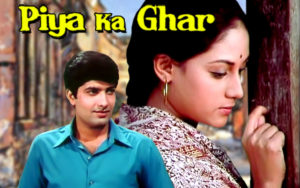 One of the most revolutionary aspects of his cinema lay in the woman his films portrayed. Right from Malti in Piya Ka Ghar, they were independent women with a mind of their own. They were determined, focused and unwilling to bow down to convention just because society demanded it.
One of the most revolutionary aspects of his cinema lay in the woman his films portrayed. Right from Malti in Piya Ka Ghar, they were independent women with a mind of their own. They were determined, focused and unwilling to bow down to convention just because society demanded it.
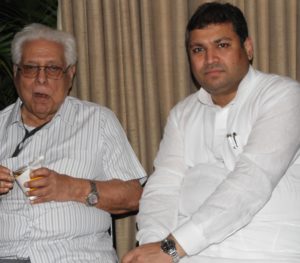
And what all of us will be grateful to his films are the songs. ‘Yeh jeevan hai’ to ‘Kai baar yunhi dekha hai’ to ‘Rimjhim gire sawan’ , each song became timeless classic conveying tender feelings of love, life and myriad other emotions of aspirations and confusions that set our hearts aflutter.
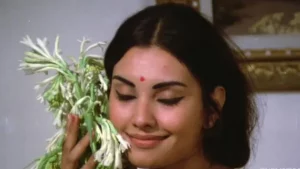 Driven by a changing demographic, the onslaught of video piracy, some indifferent films by the film-makers themselves, and the advent of TV as a popular medium, kitschy commercial films were making a comeback in a big way and the next decades would witness a new low for Hindi films.
Driven by a changing demographic, the onslaught of video piracy, some indifferent films by the film-makers themselves, and the advent of TV as a popular medium, kitschy commercial films were making a comeback in a big way and the next decades would witness a new low for Hindi films.IBNS/TWF



